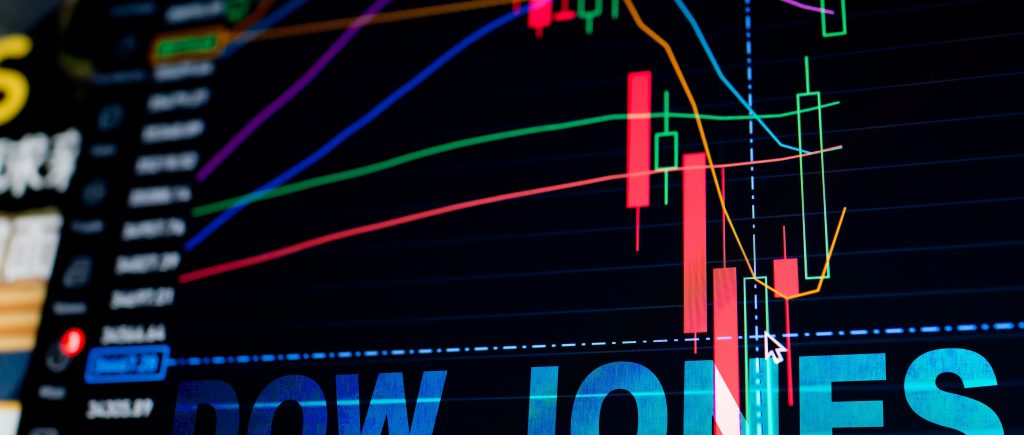The Dow Jones Industrial Average (DJIA) cratered 800 points on May 21, 2025, sliding below 42,000 as investors grappled with soaring US deficits and tariff uncertainties under President Donald Trump. Closing at 21.161, per real-time data, the index reflects growing unease over a $36 trillion debt pile and fading hopes for Federal Reserve rate cuts. With Treasury yields spiking and trade tensions looming, the Fed must navigate a turbulent economic landscape. Bold, data-driven policy is crucial to restore market confidence without fueling inflation.
Debt Woes Batter Investor Sentiment
Moody’s recent downgrade of US sovereign debt to Aa1 from Aaa, citing unchecked spending and insufficient tax revenue, sent shockwaves through markets. Trump’s proposed $4 trillion budget expansion over the next decade, dubbed a “big, beautiful budget,” has heightened fears of fiscal imbalance. Demand for 20-year Treasury bonds, yielding over 5% for the first time since October 2023, faltered, with the bid-to-cover ratio dropping to 2.46 from a six-month average of 2.57. Rising yields pressured equities, as investors questioned the sustainability of US debt financing, reminiscent of the 2011 debt ceiling crisis that sparked global selloffs.
Tariff Tensions Cloud Fed’s Path
Trump’s looming “reciprocal tariffs” deadline, with no concrete trade deals in sight, has muddied the economic outlook. Tariffs risk reigniting inflation, complicating the Fed’s rate decisions. Chair Jerome Powell faces a split market, with rate traders debating a September or October quarter-point cut. The 2018 trade war, which shaved 1% off US GDP, underscores the stakes: misjudged tariffs could disrupt supply chains and erode growth. The Fed’s cautious stance, awaiting clearer data, reflects the delicate balance between curbing inflation and supporting markets.
Dow’s Technical Outlook Falters
Despite holding above the 200-day EMA near 41,570, the DJIA struggles to reclaim 43,000, with bearish momentum dominating. Fundamentals—debt fears and trade uncertainty—have overtaken technicals, driving volatility. The index’s 1.2% drop on May 21, from an opening of 21.32 to a low of 21.101, signals investor retreat from risk assets. While bullish momentum persists in longer-term charts, near-term sentiment hinges on upcoming data, including consumer confidence and manufacturing PMIs, to gauge recovery potential.
The Fed must act with precision. Premature rate cuts could stoke inflation, while prolonged tightening risks a deeper market rout. Powell should prioritize transparent, data-driven signals to counter fiscal and trade noise. Historical market dips, like the 2020 COVID crash, show resilience follows clarity. For now, investors must brace for volatility, hedging against tariff-driven disruptions while eyeing opportunities in oversold sectors. A steady hand from policymakers is vital to steer markets through this storm.

 Noor Trends News, Technical Analysis, Educational Tools and Recommendations
Noor Trends News, Technical Analysis, Educational Tools and Recommendations




